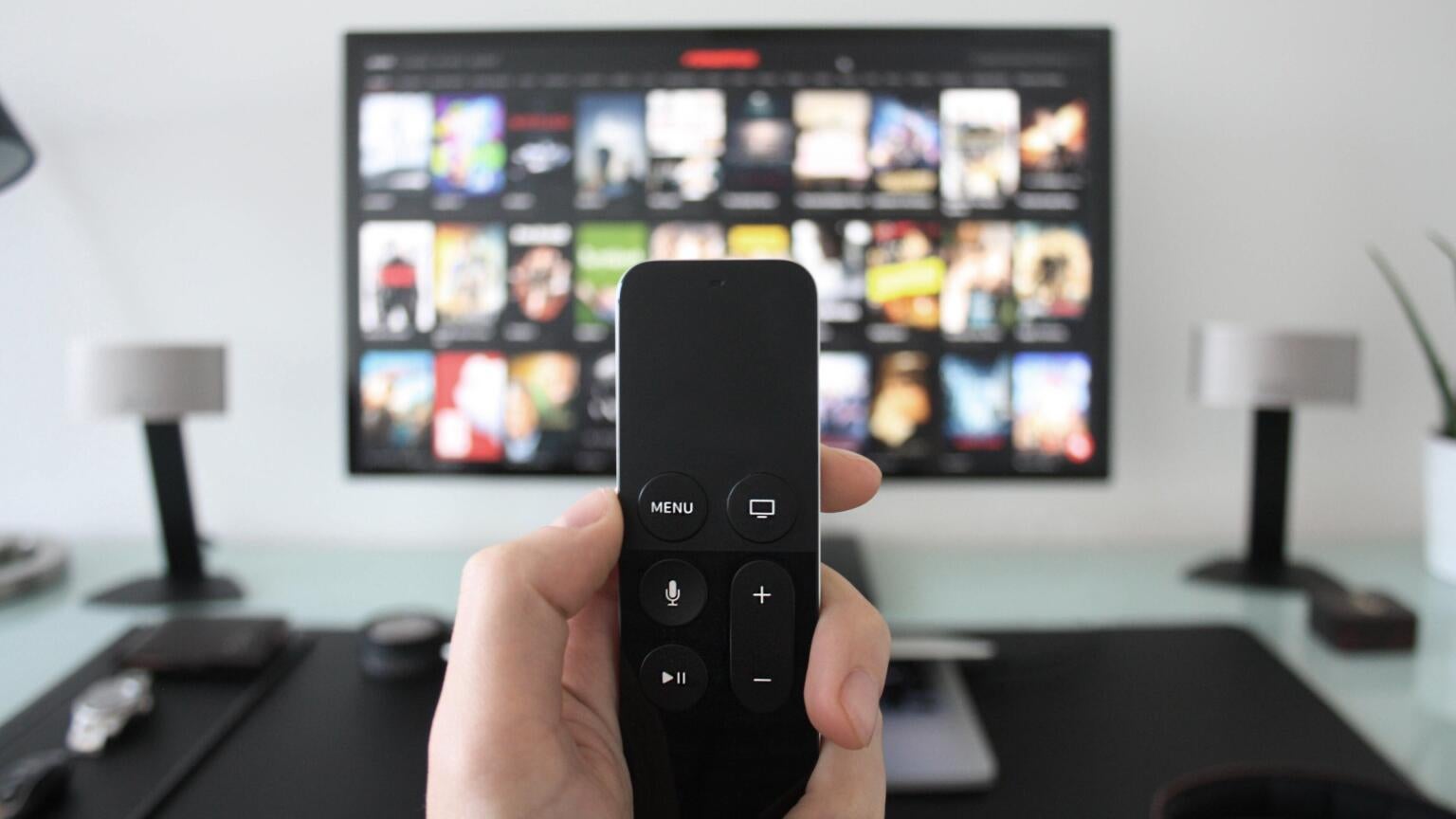Report: Pay TV Household Penetration at Lowest Point Since 1993; Linear TV’s Downfall May Be Hastening

There has been plenty of reporting about the decline of linear TV, especially as a result of the COVID-19 pandemic. Subscription video-on-demand (SVOD) services took the market by storm when they were first introduced, but market saturation has slowed their growth.
According to research institute MoffettNathanson’s most recent report, linear TV revenues — fueled by heavy ad loads — still make up a majority of media company profits, and vastly outperform commercials on direct-to-consumer (DTC) streaming platforms.

Those numbers would seem to suggest that, despite declines in customers, linear TV is holding its own. Pay TV closed out the second quarter of 2022 with over 64 million subscribers, but according to research done by Moffett Nathanson, just 63% of households in the U.S. currently subscribe to a linear pay TV service, including virtual multi-channel video programming distributors (vMVPD) like DIRECTV Stream, fuboTV, Sling TV, and other live TV streaming services. That’s the lowest percentage of households since 1993.

If vMVPD operators are taken out of the equation, the numbers become even starker. Traditional cable is losing subscribers at a year-over-year rate of 7.8%, and satellite is losing customers at a rate of 12.5%. These declines are not just the result of the seasonality that now comes with the hiatus of sports, and with popular sports packages like NFL Sunday Ticket leaving pay TV, the customer churn rate could increase.
Pay TV subscriber growth has been shrinking since 2013, but it’s now contracting at a faster rate than ever. MoffettNathanson believes that there are reasons behind this increased decline can be attributed to three different factors. First, media companies are moving many of their best shows to their corporate streaming service.
Second, those companies are raising prices of pay-TV bundles to offset the losses in subscribers, many of whom migrated because the content they most want to watch is no longer on traditional TV.
The third reason for the increased decline is that the pay-tv floor of 50 to 60 million subscribers that many people believed would never be met is now in sight, leading media companies to make major changes in an effort to save what many already see as a “lost cause.”

Many in the media industry have long counted on live sports to keep pay TV afloat, but that is also looking increasingly unlikely. Regional Sports Networks (RSNs) are unraveling, leaving sports fans paying for sports on national channels like ESPN but, in many cases, having to cobble together disparate offerings to scratch their itch for their local teams.
